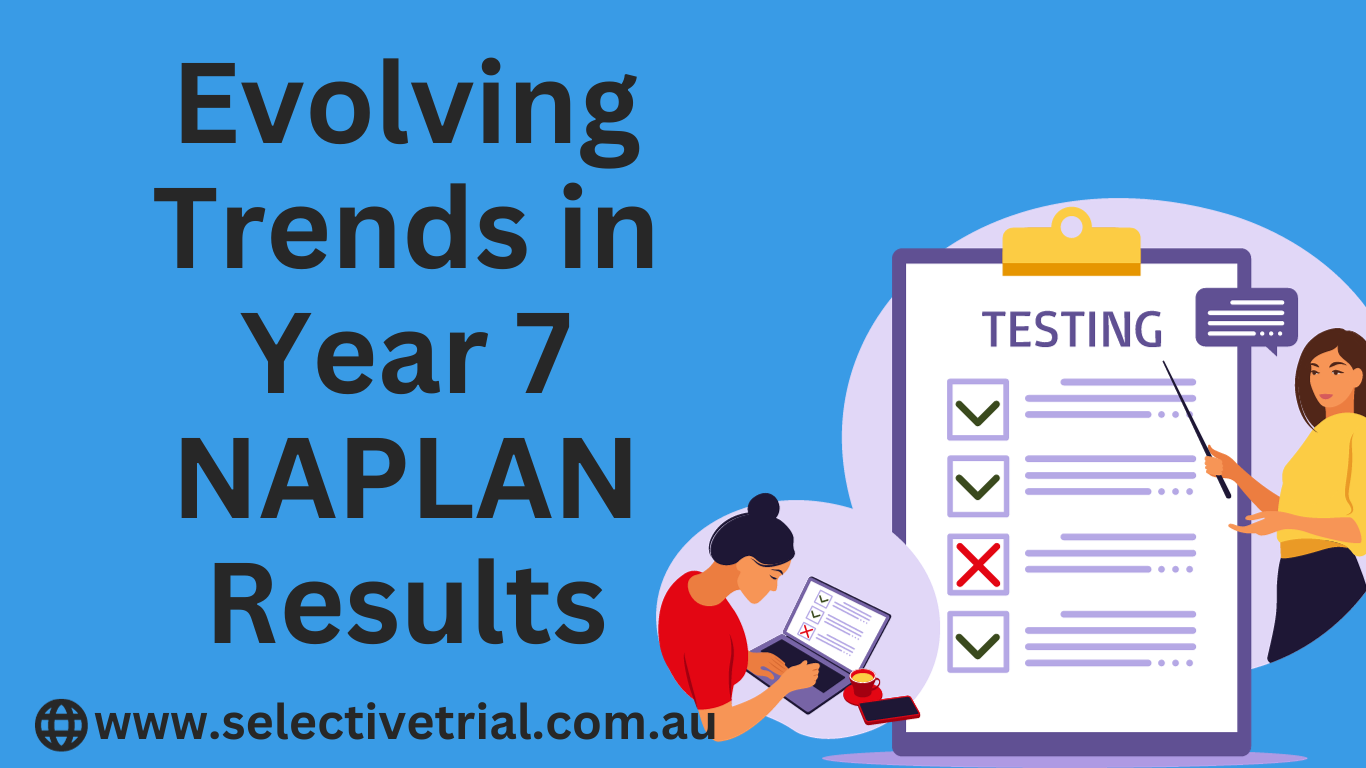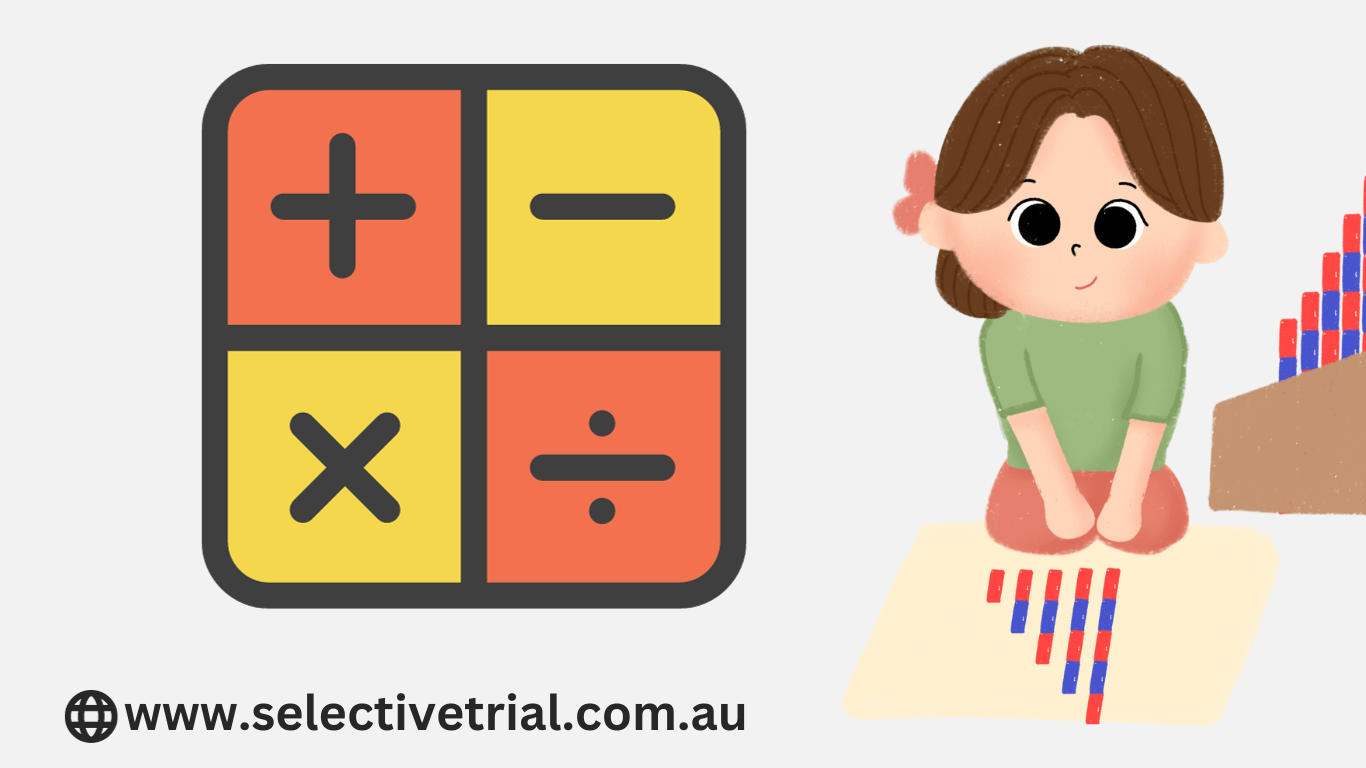Understanding the Evolving Trends in Year 7 NAPLAN Results
NAPLAN, short for the National Assessment Program – Literacy and Numeracy, is an annual nationwide evaluation administered to students in Years 3, 5, 7, and 9 across Australia. Its primary purpose is to gauge the progress of Australian school students in developing essential literacy and numeracy skills, which form the fundamental building blocks for their broader education. Moreover, NAPLAN serves as a tool to assess the effectiveness of teaching within individual schools, offering valuable insights. The results obtained from NAPLAN assessments play a pivotal role in pinpointing specific areas that require additional support and improvement.
Evolving Trends in Year 7 NAPLAN Results

One of the evolving trends in Year 7 NAPLAN results is since May 2022, all schools are undertaking the test online. it has been made possible by partnering with different education agencies, territory, and state governments, and school sectors. The partnership ensures that more than a million students have a good test experience.
NAPLAN keeps progressing and evolving, and education ministers have agreed to changes that can improve NAPLAN’s usefulness for learning and teaching. One of the biggest changes that can impact schools, parents, and students is that NAPLAN is on the move and is going to be held in Term One from 2023, rather than its usual slot in early Term Two in May. It is crucial as it means that results are going to be available to schools much earlier, enabling teachers to use insights gathered from results to help plan their learning and teaching programs. Thus, they can support students to gain important numeracy and literacy skills.
A Mixed Bag of Reading and Writing
The 2023 reading results for female and male students in every tested year level showed a downward trend in comparison to the 2022 results. It can be attributed to the earlier testing dates, with 2023 students having limited time to develop their reading skills prior to the test.
There was a drop in the writing results among females and males in primary schools that mirrored this trend. But it is an interesting twist, writing scores improved for female and male students in Year 7 and 9. As a matter of fact, in comparison to all NAPLAN writing test since it had been modified in 2022, the 2023 scores had been the highest ever for Year 7 females and males and Year 9 males, while for Year 9 females it was second highest.
Downward Trend in Spelling and Grammar
The spelling scores were down for females and males in all tested year levels. Punctuation and grammar results followed the same downward trend with Year 3, 5, and 9 females and males, all achieving lower scores than the students of 2022. Surprisingly, punctuation and grammar scores for Year 7 students from both genders were higher than Year 7 students who sat the test in 2022.
Data indicate, Year 7 females have outperformed Year 9 males for the first time in the punctuation and grammar test.
Improvement in Numeracy

When it comes to numeracy, all primary school females and males scored higher than their counterparts in 2022. The numeracy test and its marking process have not changed. Hence, it’s not clear why there were such clear improvements. Males of Year 3 were able to achieve their highest mean score of any previous numeracy test in NAPLAN.
Secondary school students, on the other hand, irrespective of gender, scored lower than 2022 students.
Bottom Line
While the NAPLAN 2023 results might not be comparable to the previous years directly due to changes in the testing timeline, they provide valuable insights into student performance and education dynamics. The interplay of year levels, gender, and subject areas offers a rich tapestry of information that educators, policymakers, and researchers can draw from customized strategies and interventions.
To know more visit : Selective Trial.
